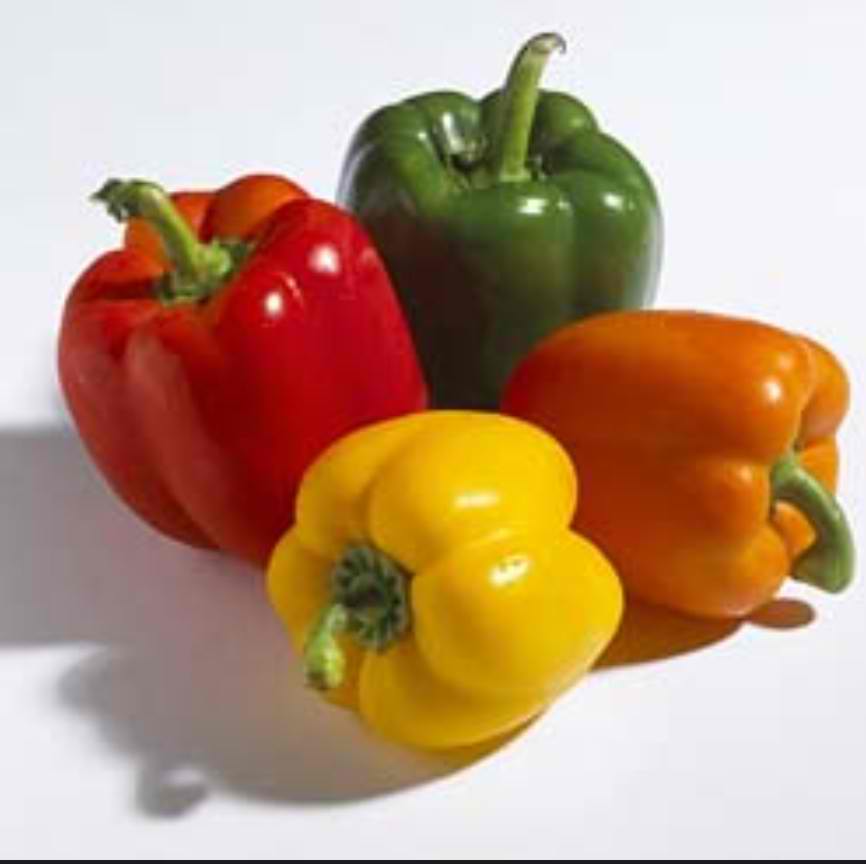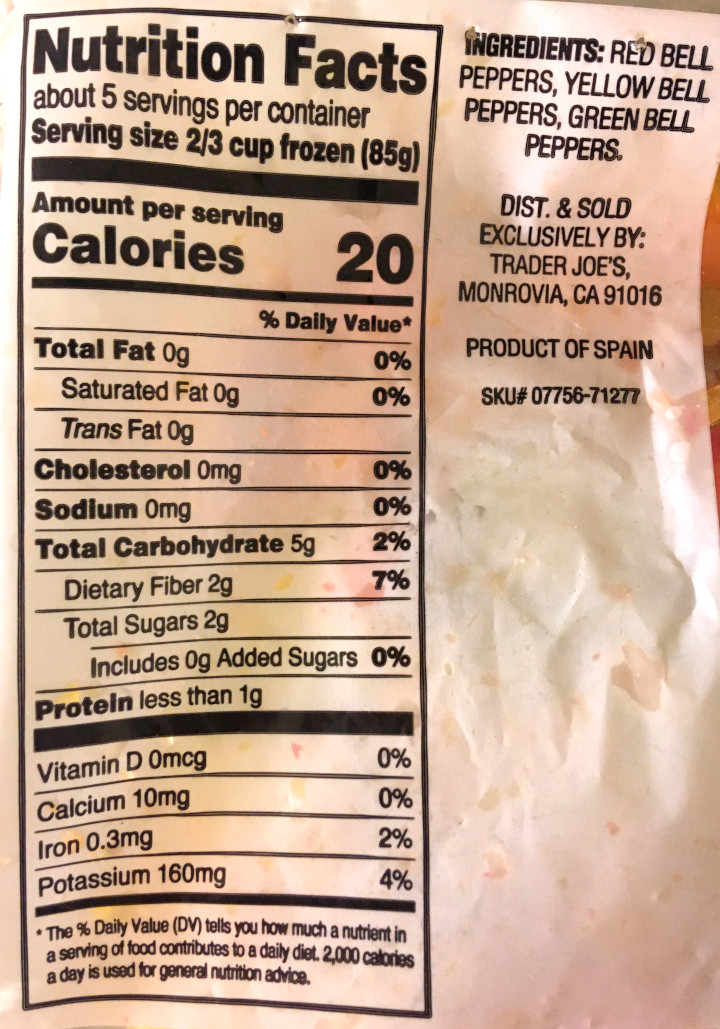
My favorite thing about bell peppers is their extremely high concentration of antioxidants. There are nutritional differences between colors of bell peppers - for example, a red bell pepper contains over eight times the amount of vitamin A than a green bell pepper. However, you may find them more infrequently in orange, brown, white and lavender. There are various color varieties of bell peppers, with the most common being red, yellow and green. While the other cultivars within this species are famous for their capsaicin content (which is what gives most peppers and chilis, such as cayenne peppers, their spicy taste), bell peppers contain no capsaicin and are referred to in many cultures as “sweet peppers.” Botanically, it’s a fruit, but nutritionally considered a vegetable.

The bell pepper is a cultivar group of the Capsicum annum species of plants, part of the family of foods known as nightshade vegetables. If you’d like to reduce your risk of illness, heart disease and cancer, you should probably keep reading about the incredible bell pepper.

But the benefits go far beyond taste - bell peppers have a ton of incredibly essential vitamins, antioxidants and minerals that will help you maintain a healthy lifestyle (and maybe even shed a few pounds). This delicious food is familiar to many of us for its sweet taste and ability to be stuffed chock-full of yummy stuff before being eaten. The bell pepper is, yes, sweet and versatile, but did you know that it also helps you fight everything from the common cold to cancer?


 0 kommentar(er)
0 kommentar(er)
